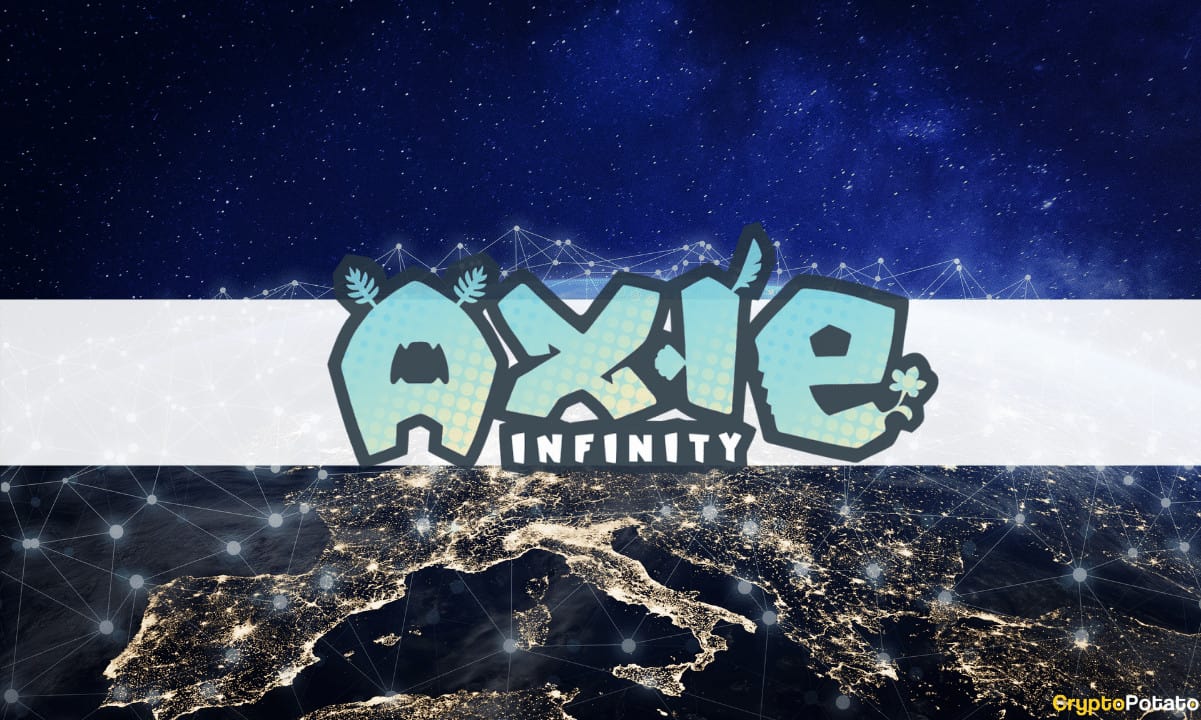Pros and Cons for Bitcoin Related to BRC-20 Token Standard: Bitfinex Report
The latest buzz in the crypto world revolves around the newly introduced Bitcoin token standard (BRC-20), which has garnered considerable attention and favor owing to the recent memecoin craze. Despite the ongoing hype, the token standard is still subject to certain constraints concerning the broader crypto landscape.
A recent report by leading crypto exchange Bitfinex has emphasized the token standard’s potential and the significance of identifying more use cases to expedite its widespread adoption.
The BRC-20 Token Standard
In March, the BRC-20 token standard, known as “Bitcoin Request for Comment,” was established utilizing the Ordinals protocol. Originally designed to facilitate the creation of Bitcoin non-fungible tokens (NFTs) by inscribing data such as images, videos, codes, and text into the witness portion of BTC transactions, the protocol has evolved to allow for the distinctive transfer of fungible tokens on the blockchain.
According to data from brc-20.io, the market capitalization of BRC-20 tokens had exceeded $900 million at one point, with more than 14,400 tokens issued. However, the market has declined to approximately $542 million at the time of writing.
Since the introduction of Bitcoin-based fungible assets, transactions on the network have surged, with BRC-20 Ordinals transactions surpassing non-BRC-20 transactions by over four million, according to data from Dune Analytics.
Some of the most in-demand BRC-20 tokens include ORDI, NALS, PIZA, PEPE, and MEME.
Limitations of the Network
Despite showcasing the potential of the Ordinals protocol, the new token standard faces limitations that could impede its growth and advancement.
One significant drawback is the lack of use cases, which could hinder development. Additionally, the BRC-20 network doesn’t support smart contracts, and assets’ prices depend mainly on market speculation. This, coupled with their 24-hour trading volume being less than 30% of their market cap, as evident in the case of ORDI, makes predicting their future challenging.
Another limitation is the absence of Ethereum Virtual Machine (EVM) compatibility, restricting developers’ access to network resources and building capabilities. This could limit adoption and result in a narrow ecosystem.
Furthermore, BRC-20 tokens consume significant block space, which could lead to network congestion and higher transaction fees.
Despite these limitations, Bitcoin’s proof-of-work (PoW) consensus mechanism makes it difficult for hackers to breach the network, making the blockchain’s security robust.
The post Pros and Cons for Bitcoin Related to BRC-20 Token Standard: Bitfinex Report appeared first on CryptoPotato.









